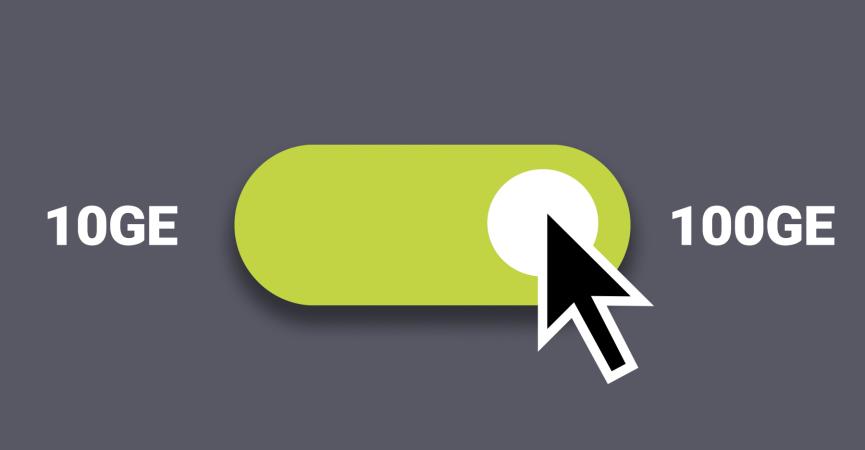
How to move towards 100G without breaking the bank
Introduction
Over the last year, we have seen a 30% increase in the number of networks peering over 100G ports at our Netnod Internet Exchanges (IXes). This is not surprising given the continually increasing demands for capacity and scalability throughout the industry. While the majority of networks peer over single or redundant 10G connections, we are seeing a clear trend of companies across a range of sectors implementing, or preparing to implement, the transition to 100G.
Falling equipment costs
Beyond the key business driver of needing the increased capacity, an important factor here is the drop in equipment costs. The cost for a 100G port on the customer side has fallen significantly in the last 3 years due to new hardware platforms, with the cost for 100G optical transceivers also falling by huge amounts (see Figure 1). With capital expenditure costs becoming much more attractive for the move towards 100G, the only remaining obstacle was the cost for a 100G port at an Internet Exchange.

Figure 1: Source: https://community.fs.com/blog/100g-optical-transceiver-market-analysis.html
Previously it didn't make sense to pay the operating costs for a 100G port if you weren’t planning on exchanging a lot of traffic straight away. However, with the introduction of shaped ports, networks can now make the move to a 100G setup ensuring they can easily scale, while only paying for the capacity they need.
Shaped ports
At Netnod, shaped ports enable you to connect to a 100G port while only being charged for the capacity your network needs today. This means that you only need to set up your connection once and your network is all set for future growth without any need for new equipment or manual reconfiguration. You don’t need to worry about extra equipment, multiple cross-connects or filling up the pluggable space in your equipment.
At the same time, your costs don’t change until you are ready to use the extra capacity. You change your billed capacity quickly and easily enabling you to upgrade or downgrade in 10G increments. Using a shaped port gives your network:
- flexible connectivity
- a one-time setup
- reduced costs with the need for only one cross-connect
- easy upgrades or downgrades as needed
For off net customers this also means a significant saving in fibre costs as you only need one set of fibre to connect to your shaped port as opposed to multiple sets connecting to multiple 10G ports.
At Netnod, we offer shaped ports at 10G, 100G and 400G so that all our customers—from small networks to the biggest industry players—can benefit from scalable connectivity. You can find more information here.



